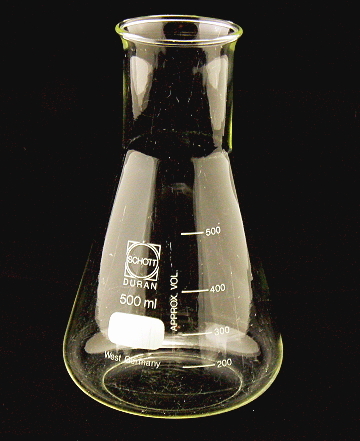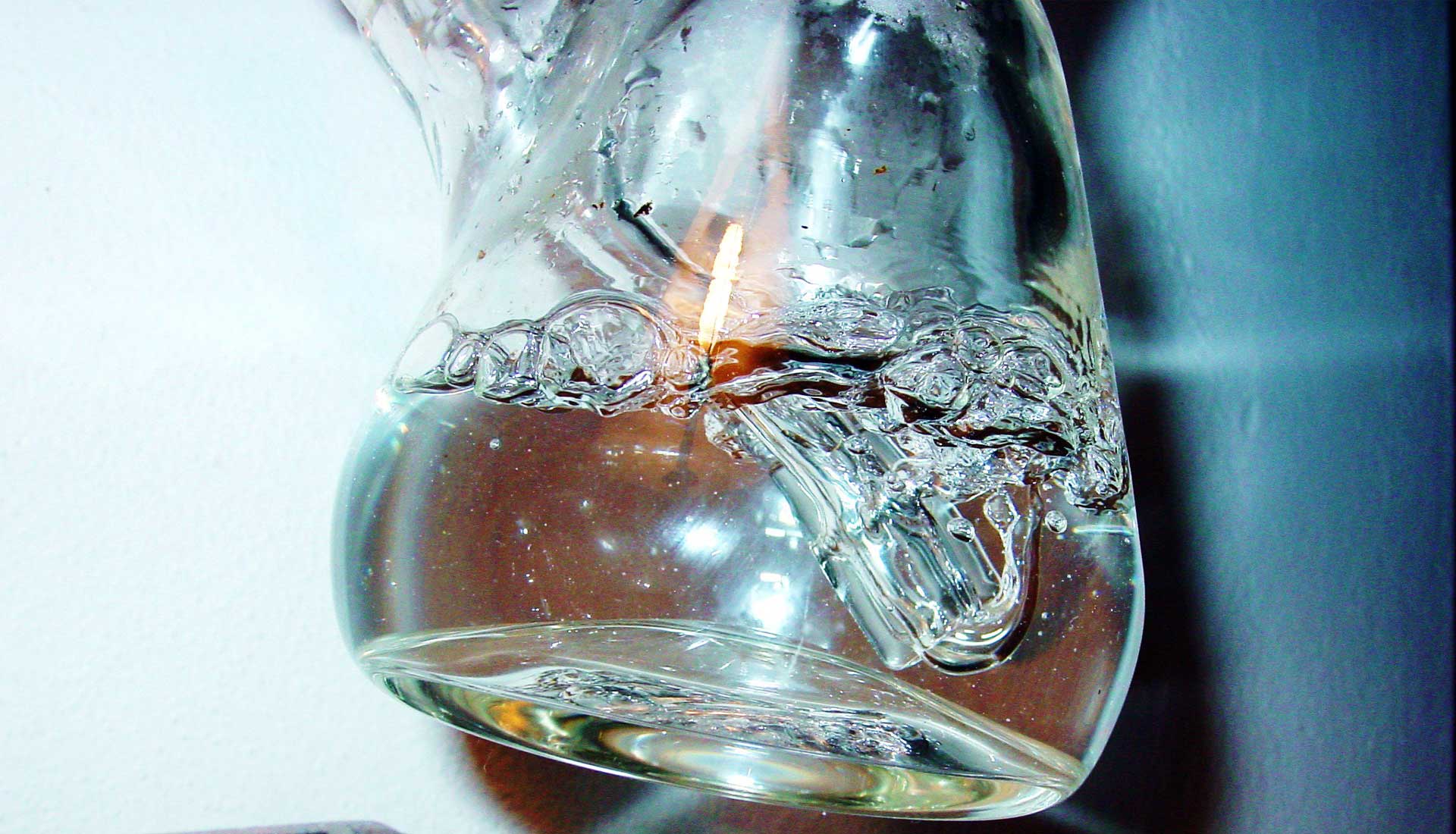

One reason is due to the fact that Django was designed to work equally on mod_python and WSGI. The reason you don't have confusion there is because the Django community typically steers developers away from WSGI middleware. Django, in some part, is built on WSGI, so you could theoretically write WSGI middleware or Django middleware in Django as well. Figure 1.Actually, you have the exact same choice in Django. "To-contain" pipettes may be useful for dispensing viscous liquids, where solvent can be used to wash out the entire contents. However, after draining a "to-contain" pipette, the residual liquid in the tip should be "blown out" with pressure from a pipette bulb. A "to-deliver" pipette is calibrated to deliver only the liquid that freely drains from the tip. Beakers are straight-sided vessels with small pouring spouts (unless you are looking at the beakers of the Beaker People of late Neolithic and Bronze Age Europe). After draining a "to-deliver" pipette, the tip should be touched to the side of the flask to withdraw any clinging drops, and a small amount of residual liquid will remain in the tip.

to differentiate between these two kinds, and to-deliver pipettes are also marked with a double ring near the top (Figure 1.23b). Once you’ve wrapped your head around that, picture trying to wrap your mouth around it. Volumetric flasks, burets and pipets are the most accurate with tolerances of less than 0.2. In the world of scientific glass, a beaker is a cylindrical, straight-sided vessel with a wide mouth equal in diameter to its base, typically with a pour spout indented into it.

The tolerance on graduated cylinders is about 1. As such, they should be used only when a rough estimate of volume is required.
#Flask vs beaker plus
Pipettes are calibrated " to-deliver" (TD) or " to-contain" (TC) the marked volume. The markings on beakers and flasks are usually about plus or minus 5 of the volume of the container. \( \newcommand\) graduated pipettes with different markings: a) Bottom of pipettes, b) Top of pipettes


 0 kommentar(er)
0 kommentar(er)
